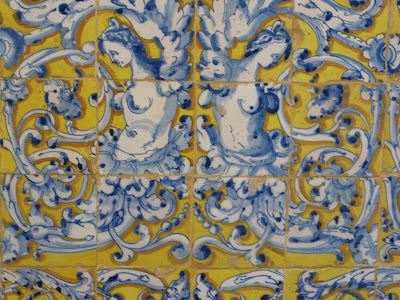Maximalism is enjoying a renaissance.
Despite the recent resurgence of norm-core on the catwalks, Spring-Summer 2025 fashion is revelling in the OTT. Think bold florals, psychedelic swirls, rainbow hues and oversized motifs. All bringing with them a spirit of optimism as warmer days usher in the promise of summer (and perhaps a hope for brighter days in the wider sense).
Liberty Retold – the iconic London store’s fabric collection to celebrate its 150th anniversary – leans into the moment. Bold geometry, 1970s paisleys and abstract prints remind us that sometimes more really is more. But of course maximalism isn’t just a contemporary trend. Decorative abandon runs through every room of Madrid’s lesser known Museo Nacional de Artes Decorativas (Museum of Decorative Arts, to you and me), as we discovered on a recent cerveza-soaked Field Trip to the Spanish capital.

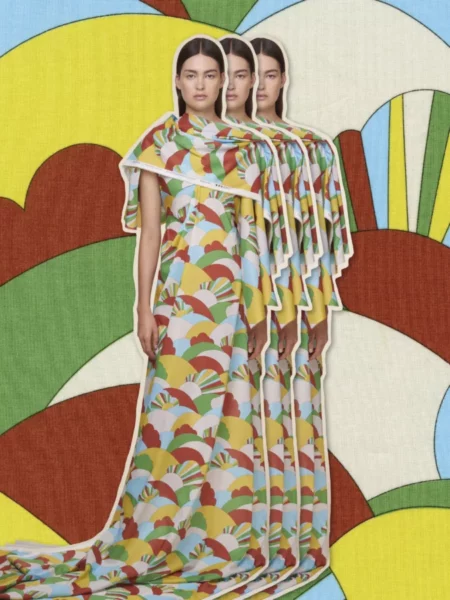
A museum made for maximalists
Tucked inside a 19th-century palace near the Parque del Retiro, the museum is a rich tapestry of interiors, objects and materials – not reserved for gallery walls, but woven into domestic life across four centuries.
You could say its 30,000-strong collection charts the evolution of maximalism, from the Middle Ages to the modern age. Gothic cabinets, Rococo mirrors and silk wall coverings sit alongside intricate ivory carvings and vibrant pottery from Talavera de la Reina. It’s a sugar rush of opulence – and a glimpse into eras when extravagance lived in the home before grandeur gave way to the streamlined restraint of the Bauhaus – on show in the Museum’s semi-permanent exhibition Hope and Utopia: Design between 1900 and 1939.
The top floor is especially fabulous: a series of recreated rooms evoke centuries of interior design. A standout is the 18th century Valencian kitchen, its walls covered in hand-painted tiles — a joyful reminder that colour and craft have long belonged in the everyday.

A treasure trove of textiles
An then the textiles. There’s something quietly magical about standing within arm’s reach of a sliver of embroidered silk from 15th-century Granada. Or faded damasks and brocades, made possible by the new dyes and looms of the modern age. Or carpets from Cuenca and Alcaraz that once graced noble homes.
You’ll find Chinese imperial robes made for Spanish families, purses stitched with Moroccan embroidery and lace fans so fine they look like smoke. No longer just the preserve of royalty, beauty was beginning to weave its way into the lives of the growing middle class. There’s even a delicate fragment of William Morris’s iconic Honeysuckle fabric from the late 19th century. It’s a reminder of how recently the Arts and Crafts movement bloomed — and how its principles still resonate.
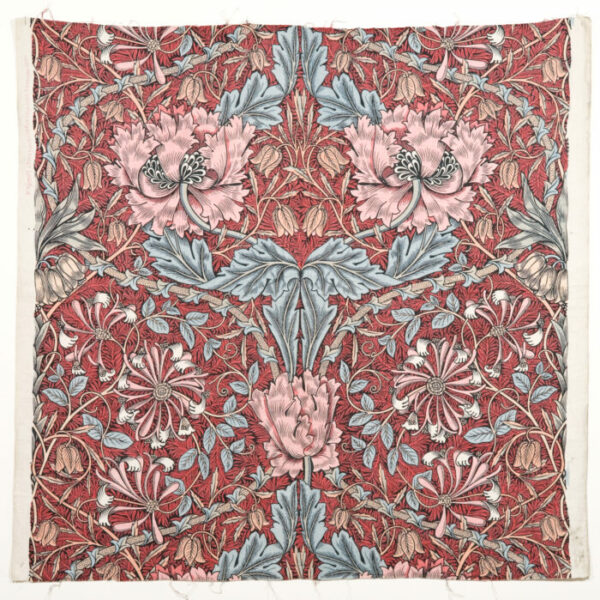
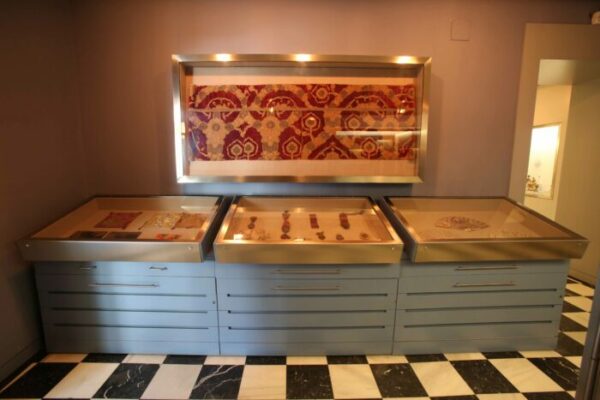
Channeling Spencer House‘s splendour
Much as we covet muted palettes and minimal styling, there’s undeniable joy in maximalism. There’s room for excess. A case for extravagance. Life – and design – would be very dull without it.
It’s this spirit Field Grey brought to Spencer House, for which we’re in the midst of final fittings. Designing uniforms for a place so steeped in history has been a rare and rewarding departure. We’ve immersed ourselves in its heritage and created garments that echo the elegance of an earlier era. Our designs are rich in detailing, drawing on the legacy of the great house’s neoclassical interiors.
Just like Madrid’s hidden gem of a museum, it’s a reminder that great design isn’t always minimal. Sometimes, it’s in the flourish — and the fabric.
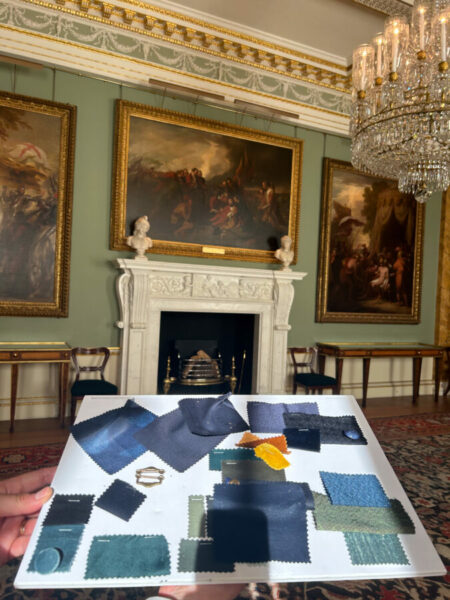
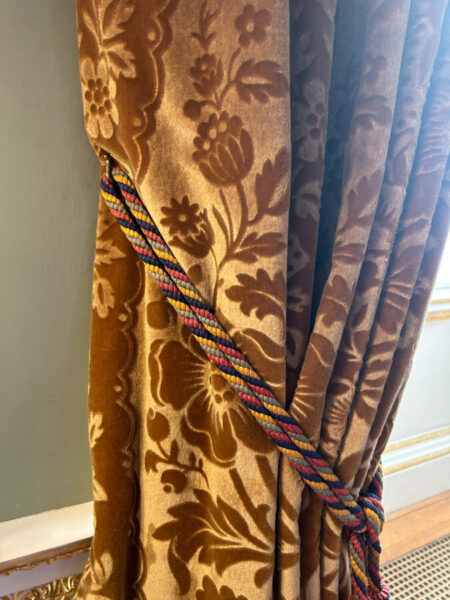
More stories (and stitches) from Spencer House coming your way soon — watch this space!
Image credits: libertyfabric.com; cultura.gob.es

